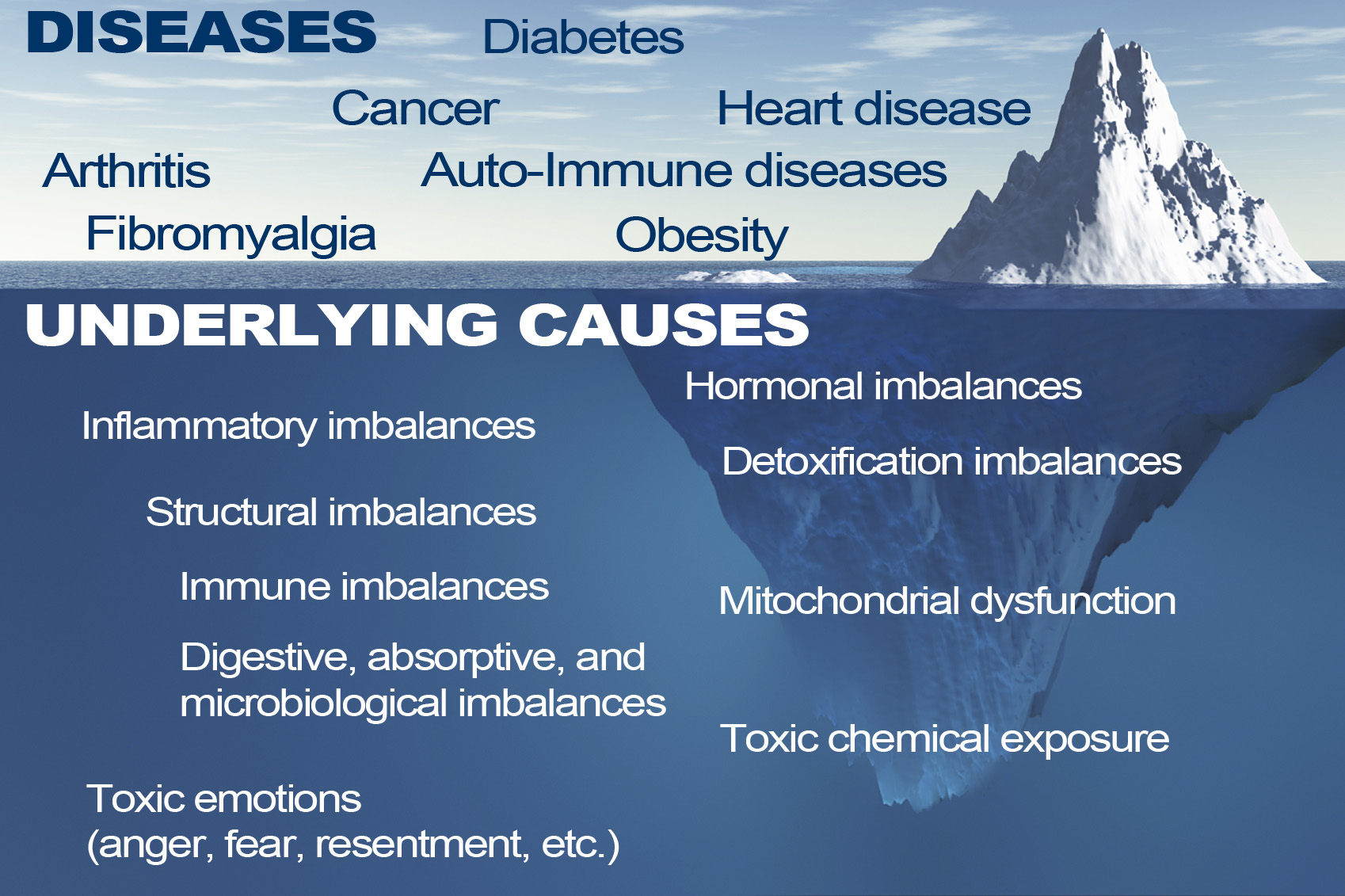Cochleovestibular disorders, which involve abnormalities with the inner ear, affect millions of people. These little-discussed conditions include tinnitus, Ménière’s disease, mal de débarquement syndrome (MdDS, also known as disembarkment syndrome), vestibular or cochlear hyperacusis and many more. Their symptoms run the gamut from painful and inconvenient to downright debilitating. Severe cases can result in complete disability, robbing people of their professional lives and compromising overall quality of life.
The symptoms of each individual condition vary, but, taken together, they include ringing in the ears, dizziness, nausea, hearing loss, sensations of rocking or swaying while at rest, ataxia, loss of balance, fatigue, headaches, migraines, difficulty focusing, memory loss and sensitivity to light. Not surprisingly, these difficult symptoms can ultimately result in anxiety and depression, as a patient’s quality of life worsens.
The exact causes of these varied cochleovestibular disorders are not known, but there are several possibilities. The most obvious is physical trauma to the head or neck—specifically, trauma that affects the eighth cranial nerve, called the vestibulocochlear nerve, which carries signals between the inner ear and the brain. Benign tumors, called acoustic neuromas or vestibular schwannoma, can interfere with the proper functioning of this nerve, as can vestibular neuritis (a viral infection of the nerve), and irritation of the nerve, also called microvascular compression syndrome. Some conditions can be caused or triggered by prolonged exposure to very loud sounds. MdDS, specifically, often initially appears after an ocean cruise or other prolonged water travel, but it may also arise after air or automobile travel. However, there are cases of MdDS—and the other inner-ear disturbances—that are considered “spontaneous onset,” and have no known triggering event or disease.These disorders are intractable and difficult to treat, with promising responses to medication often fleeting. Individuals with these conditions experience periods of flare-up and remission, not unlike those with autoimmune illnesses. In fact, there may be an autoimmune component to some of them. Other things they may be associated with include hormonal changes, allergies, and high levels of stress.
Perhaps the most interesting—and promising, in terms of treatment—thing these disorders are associated with is hyperinsulinemia. Being that insulin resistance—even in the absence of overweight or obesity—has systemic effects far and wide in the body (including influencing PCOS, non-alcoholic fatty liver, Alzheimer’s disease, kidney dysfunction, hypertension and overall cardiovascular health), it would not be surprising to uncover a stealth role for insulin in the etiology or progression of cochleovestibular disorders. The medical literature does, in fact, support this connection.
One study showed that 72% of Ménière’s patients had some degree of hyperinsulinemia. However, abnormalities in glucose levels were found in just 21%. This does not imply that the connection is weak; Dr. Joseph Kraft, one of the original pioneers of this work, uncovered the notion that normal glucose tolerance curves frequently hide hyperinsulinemia. Patients undergoing oral glucose tolerance tests often have normal 2-hour glucose responses, as well as normal fasting blood glucose and normal A1c levels precisely because of very high insulin levels. Other researchers have since confirmed “the need to include 5-hour glucose and insulin curves in the diagnostic routine when investigating Ménière’s disease.” They even call hyperinsulinemia “the metabolic change most often involved in the pathogenesis of cochleovestibular disorders.” (Emphasis added.) Additional studies conclude outright that “hyperinsulinemia may be responsible for inner ear diseases.”
There’s even more corroboration of the connection between deranged glucose metabolism and vertigo. The authors noted, “This may not be reflected in the glucose tolerance test alone, but becomes obvious when the insulin levels in blood are evaluated simultaneously.” Again, the glucose response may appear “normal,” but when insulin levels are evaluated, the connection is elucidated, as it was among nearly 70% of a group of Ménière’s patients who underwent a 5-hour glucose tolerance test plus insulin assay.
This is a little-known connection, however, and it hasn’t received as much attention as it perhaps deserves, especially considering that these conditions have historically been so difficult to treat. If chronic hyperinsulinemia is even just one contributing factor to these debilitating illnesses, then this holds great promise for treatment options. The obvious place to start would be a nutritional intervention, via a reduced-carbohydrate diet and supplements for improving insulin resistance and blood glucose management, perhaps with berberine, chromium, and other compounds effective for this purpose. Lifestyle interventions that may help reduce insulin resistance—such as exercise, intermittent fasting, stress reduction, and adequate sleep—may also prove beneficial for these otherwise difficult-to-treat disorders.




 for more learning
for more learning